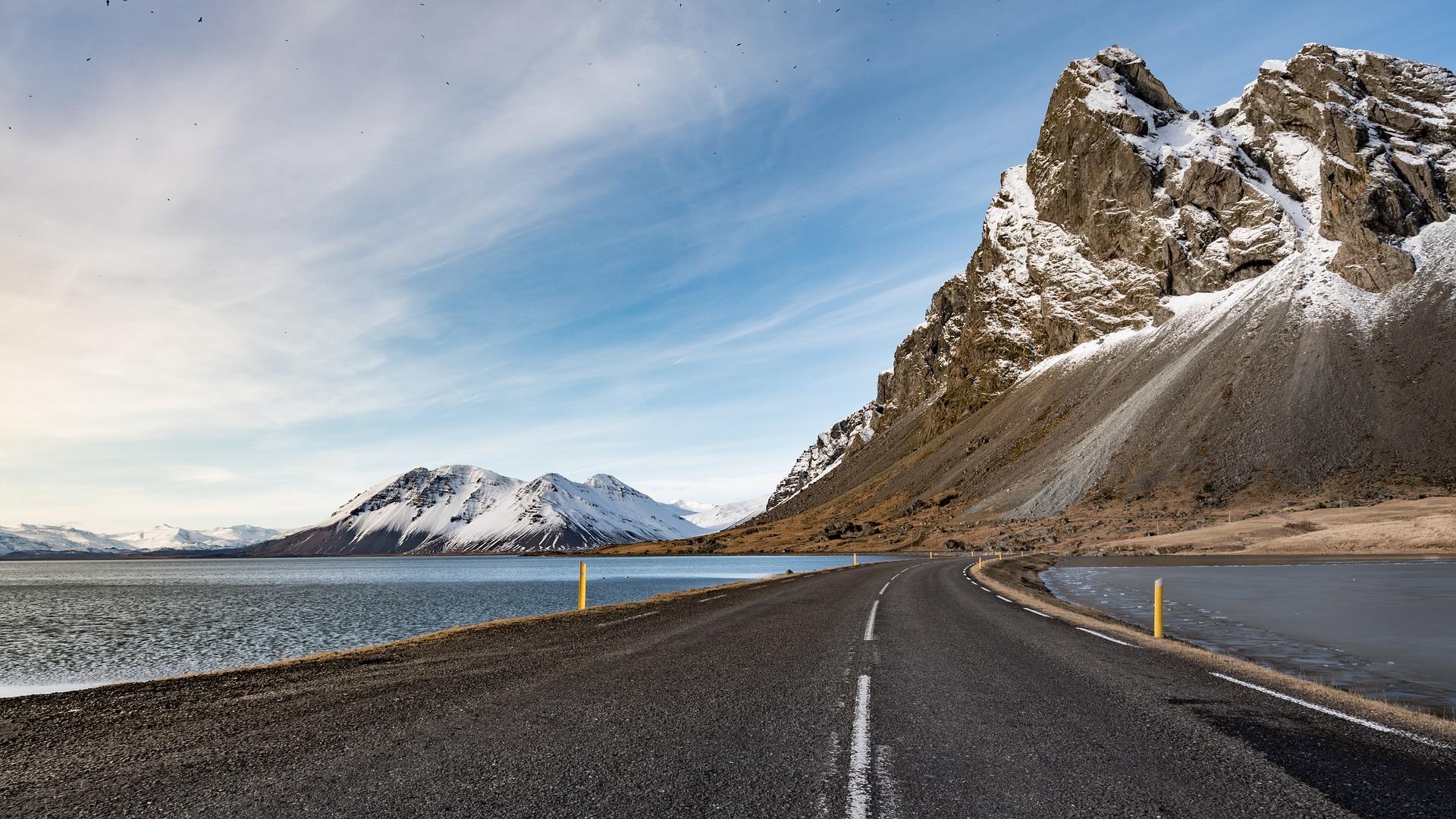Iceland is one of the most spectacular areas of land you can visit in Europe. It will not only captivate landscape photographers, but certainly everyone who loves wildlife. It's not for nothing that they say you'll fall in love with it on your first visit and keep coming back. This was the case for me too! I would like to describe some places that you simply cannot miss when you visit. There's no reason not to, accessibility is excellent thanks to the main ring road which conveniently takes you around the whole island in a few days without having to go to the less accessible interior. Of course there are plenty of breathtaking places there too, but unfortunately you can't do everything in just a few days.
Iceland's best
If you're lucky enough not to see one of the local volcanoes erupt, Europe's most volcanically active island offers stunning views that you simply don't get a chance to see elsewhere. It's a whole different world. Iceland is home to Europe's largest glacier, Europe's biggest waterfall and thousands of local horses and wild geese that majestically cross the sky in pairs, adding to the unique atmosphere of this remarkable piece of land somewhere in the Atlantic. There are also the massive rock formations that rise out of the sea as silent guardians of the local black lava beaches, the hundreds of metres high cliffs that are home to seagulls and puffins and, above all, the huge waterfalls of all kinds. The scale here is a little different, in almost everything.
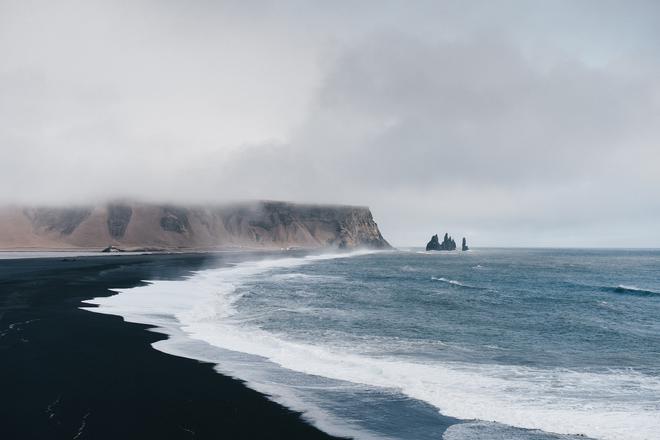
Icelandic atmosphere and wilderness
You feel this strange freedom. Outside the three major towns, where the vast majority of the population is concentrated, you can drive through the countryside for hundreds of kilometres, and from time to time you will only come across a lonely farmhouse surrounded by herds of horses and sheep. On the south coast, when you do come across a village, it's a cluster of farmsteads that you could count on one hand, plus a petrol station. It is the petrol stations that are the centre of the action here. The northern coast is a veritable wilderness in places, the already sparse settlements thinning out even more, and you can drive through the local fjords on gravel roads without seeing a single car for hours. High mountains covered in perpetual snow tower over your head, rivers cascade down every valley in torrents and waterfalls, just a wilderness frozen in time. It gets under your skin and makes you think about how small and insignificant man really is…
Top places
Reykjanes Peninsula
Before you head to the capital from Keflavik airport, take a look at this peninsula. It's a detour of just a few kilometres and you'll be in a landscape that's typical of Iceland. The road is lined with lava fields that resemble a literal moonscape. Not a speck of green in sight, just black rubble and cracked lava slabs. In between all this, mysterious-looking geothermal power stations. On the coast, the eye-catching rock formations of Reykjanesta rise out of the water.
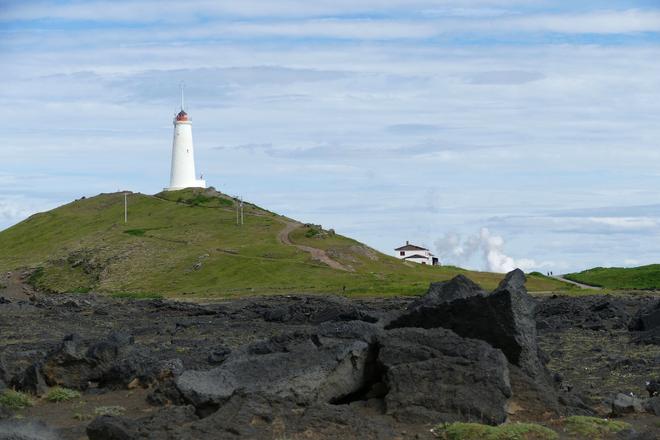
Reykjavík
The capital city is not to be missed for resupply. The architecturally interesting Hallgrímskirkja church is worth mentioning, but the city centre and harbour are beginning to resemble all the developed cities in Europe in their construction and will not appeal too much to lovers of the north. However, if you wander into the tangle of alleyways below the cathedral, you won't regret it, they have their own atmosphere.
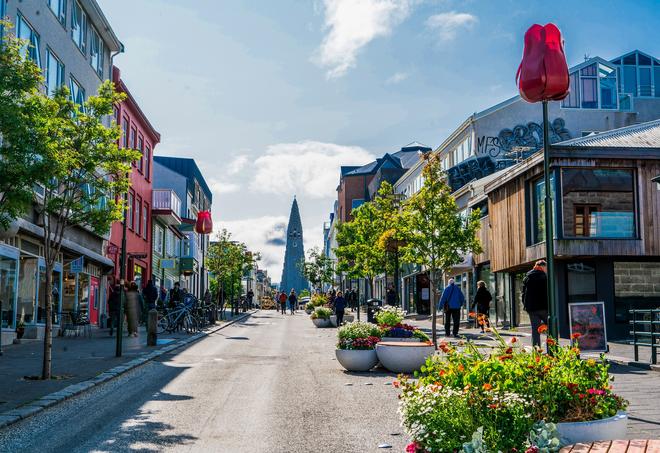
Gullfoss
The waterfall menu starts at the cascading waterfall on the Hvítá River. Standing on the edge between the cascades and gazing into the mass of water rushing into the canyon below you is quite an experience...
Geysir
Just outside Gullfoss is an area that attracts tourists like a magnet. Geysir, which gave its name to all the other geysers of the world. But it's almost gone silent itself, supposedly spewing water only very rarely. But its smaller and younger neighbour, named Strokkur, spews a boiling column of water into the surrounding area at more or less regular intervals every few minutes.
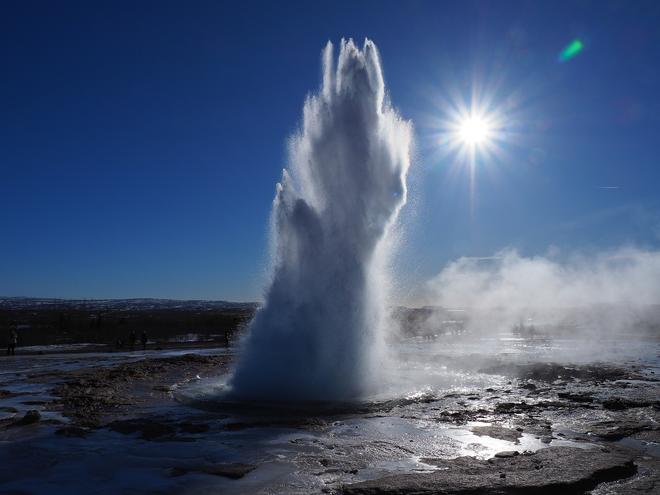
Seljalandsfoss
We're already on the south coast. This 60-metre high waterfall is particularly special because you can not only look down on it from above and from the sides, but also walk around it and gaze at the surrounding landscape through the masses of water that fall around you.
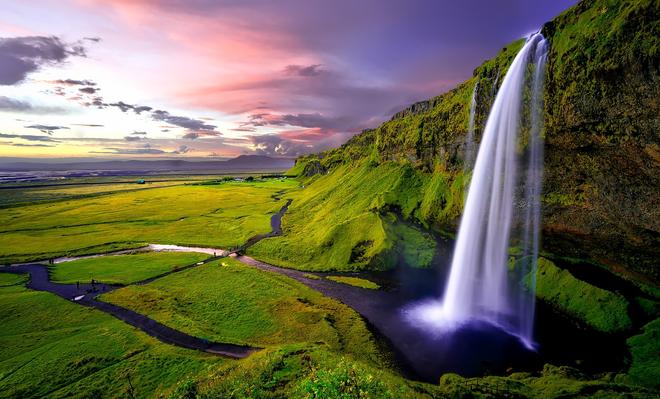
Skógafoss
Whatever map or guidebook you buy on Iceland, I'm almost certain that Skógafoss will be on the cover. Rightly so, it has to be said. 60 metres high, 25 metres wide, an incredible experience. As soon as the sun shines a little, a beautiful rainbow instantly forms in the watery mist around. Of course, again, it attracts a lot of tourists, so I recommend visiting this play of nature sometime late in the evening or early in the morning, when you will be almost alone, it is really worth it.
Dyrhólaey
This is the southernmost tip of the entire island with high cliffs on which a very photogenic lighthouse looms like a silent sentinel. The cliffs here are also home to the atlantic puffins (Fratercula arctica). These birds are true clowns and their clumsy movements are bound to put a smile on anyone's face. The mighty lava cliff, in which water has carved two rock gates of unprecedented size, is simply not to be missed.
Reynisdrangar
Black lava beaches, white foamy waves and Reynisdrangar needles sticking out of the water. A stone's throw from Dyrhólaey. They can be accessed both from the coast and from the 120 metre high cliff.
Skaftafell National Park
Iceland's second largest national park, offering everything from hiking, glacier hikes, climbing, ice cave exploration, etc. You can really go wild here! You can also hike to Svartifoss, another waterfall worth seeing. Due to the basalt structure that you can see here, it is also called a small organ.
Jökulsárlón
Another icon of Iceland. A lake at the head of the huge Breiðamerkurjökull glacier, from which ice blocks break off and travel across the surface of the lake, an awesome spectacle. The lake is connected to the sea by a massive river several hundred metres long. The interesting thing is that at high tide the sea water pushes into the lake and completely reverses the direction of the river flow, and at low tide the sea literally pulls the massive floes out of the lake and washes them up on black beaches several kilometres long.
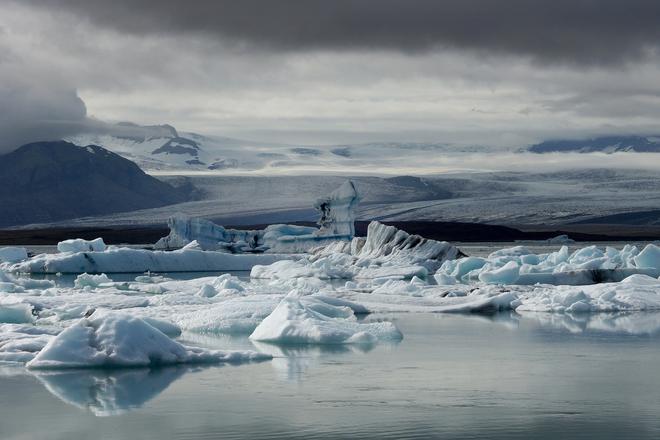
We have thus exhausted the most attractive parts of the southern coast and have no choice but to cross some of the inland on our way north. But the sometimes depressing-looking landscape is unbelievably varied, inspiring and brooding.
Dettifoss
Europe's biggest waterfall on the Jökulsá á Fjöllum River, 100 metres wide and plunging to a depth of 45 metres, is impressive. Then, when you stand on the edge of the precipice and the wind blows water chips into your face, it really gives you the chills. The waterfall can be accessed from both sides and it's hard to judge which is better. But from the left you can get right to the water, so if I were to choose, the choice would be clear.
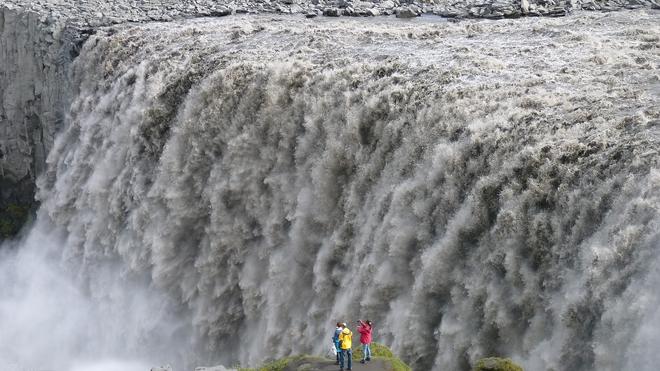
Godafoss
Another waterfall not to be missed on a sightseeing tour of northern Iceland. There's also a cozy guesthouse nearby, so you can have a view of this beauty right from your window.
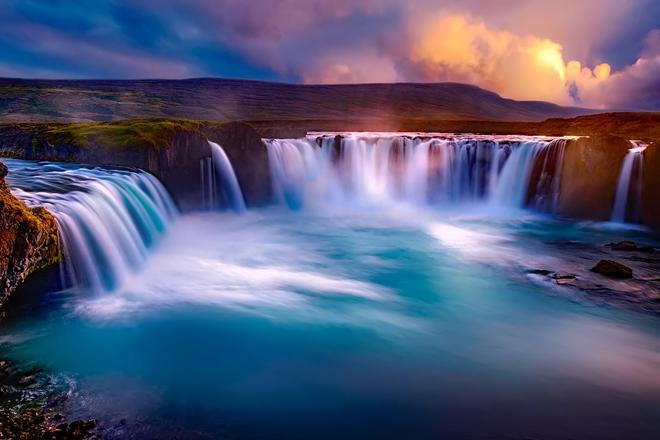
Hvítserkur
Before you turn back towards Reykjavík, don't miss Hvítserkur. This 15-metre high rock, which can't be called anything other than a trident, is even accessible by foot at high tide. It is also possible to observe a large number of seals in the bay nearby.
Thingvellir National Park
One last longer crossing and there is Thingvellir National Park. It is one of the most visited places in Iceland in general and this is for several reasons. It is home to one of the oldest parliaments in the world, founded in 930. However, what probably attracts visitors much more is the tectonic fault of the American and Eurasian lithospheric plates, which runs through the whole of Iceland, but it is here that it is most visible. Thingvellir National Park has also been inscribed on the UNESCO World Heritage List.
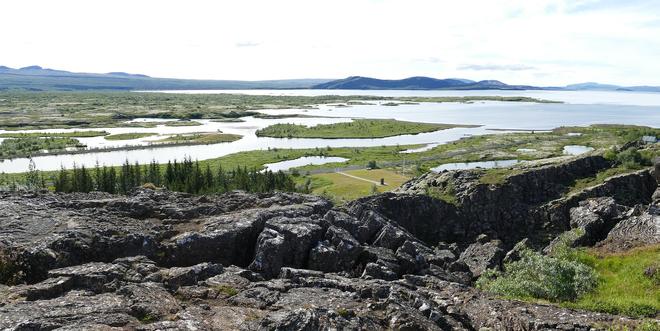
Iceland – Facts
Transport
The main artery of the island is Route 1, which can be used to get around Iceland and connects most of the most famous sites. It's mostly asphalt, but even the gravel sections are easy to drive along in any car. Generally all the main roads, although gravel, are in good condition and you shouldn't have a problem. This could occur only in more remote places or inland.
There are petrol stations in almost every village, and you can fill up after hours at a self-service stand where you can pay by card. Often there is also a fast food outlet so you can grab a bite to eat. Generally in Iceland, petrol stations are the centre of all the action.
Accommodation
There are guesthouses and campsites here and there. Sleeping in a tent in the wild may not be allowed, so it’s always best to ask the locals. But it's usually not a problem unless you're climbing directly into someone's garden, which given the sparse population of the island is perhaps not even such a problem.
Food
In the bigger towns you'll see smaller markets similar to ours. Prices are quite high.
Weather
A chapter unto itself. Definitely don't expect any sunbathing. Quality goretex gear is a must. An umbrella is a must for photography. The wind is practically always blowing in Iceland. Nighttime temperatures can drop to freezing even through the summer. During the day, there is no big heat.
